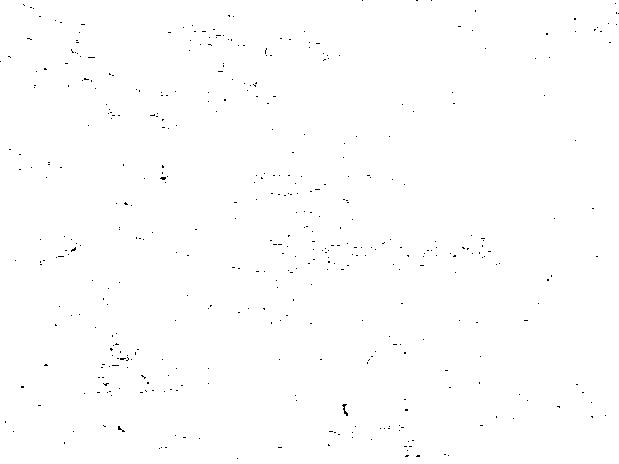Austenite crystal boundary display method under condition of high-temperature deformation of medium-carbon microalloyed steel
An austenite grain boundary and high-temperature deformation technology, applied in the field of physical detection, can solve the problems of low efficiency and difficulty in displaying austenite grains of high-strength ship plate steel, and achieve the effects of easy operation, guaranteed product performance, and simple method
- Summary
- Abstract
- Description
- Claims
- Application Information
AI Technical Summary
Problems solved by technology
Method used
Image
Examples
Embodiment 1
[0021] The chemical composition of the sample by weight percentage is: C: 0.32%, Si: 0.25%, Mn: 1.61%, P: 0.012%, S: 0.002%, Ni: 0.006%, Cr: 0.017%, Mo: 0.003% , V: 0.110%, which belongs to medium carbon microalloyed steel;
[0022] The technological process and steps of the present embodiment are as follows:
[0023] (1) Sample preparation: The sample is deformed at 1100°C, the deformation amount is 30%, and it is quenched immediately after deformation. Fine grinding on #, 600#, 800#, 1000# metallographic sandpaper, and finally polish the finely ground sample on a polishing machine. The polishing agent is 1.5um diamond polishing paste, and water is used as a lubricant. After washing with alcohol, observe the corrosion surface under a microscope. There are no pits, pits, and stains on the surface of the sample, and there are a few scratches.
[0024] (2) Corrosive agent formula: tap water 60ml, picric acid 1.4g, shampoo 0.48g, xylene 0.05ml, hydrochloric acid 0.09ml, hydrofl...
Embodiment 2
[0027] The chemical composition of the sample by weight percentage is: C: 0.38%, Si: 0.28%, Mn: 1.7%, P: 0.008%, S: 0.004%, Ni: 0.008%, Cr: 0.015%, Mo: 0.008% , V: 0.115%, which belongs to medium carbon microalloyed steel;
[0028] The technological process and steps of the present embodiment are as follows:
[0029] (1) Sample preparation: The sample is deformed at 900°C, the deformation amount is 40%, and it is quenched immediately after deformation. 400#, 600#, 800#, 1000# metallographic sandpaper, and finally polish the finely ground sample on a grinding and polishing machine. The polishing agent is 1.5um diamond polishing paste, and water is used as a lubricant. The sample was cleaned with alcohol, and the corrosion surface was observed under a microscope. There were no pits, pits, or stains on the surface of the sample.
[0030] (2) Corrosion agent formula: tap water 60ml, picric acid 1.5g, shampoo 0.4g, xylene 0.04ml, hydrochloric acid 0.11ml, hydrofluoric acid 0.1ml,...
PUM
 Login to View More
Login to View More Abstract
Description
Claims
Application Information
 Login to View More
Login to View More - R&D
- Intellectual Property
- Life Sciences
- Materials
- Tech Scout
- Unparalleled Data Quality
- Higher Quality Content
- 60% Fewer Hallucinations
Browse by: Latest US Patents, China's latest patents, Technical Efficacy Thesaurus, Application Domain, Technology Topic, Popular Technical Reports.
© 2025 PatSnap. All rights reserved.Legal|Privacy policy|Modern Slavery Act Transparency Statement|Sitemap|About US| Contact US: help@patsnap.com


